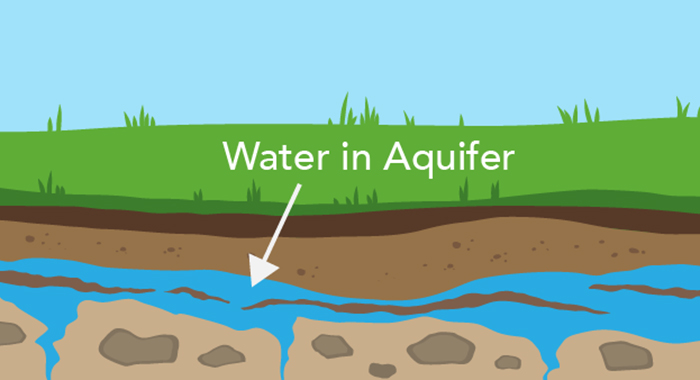By Kimani Wiseman
World Water Day was celebrated on March 22, 2022 under the theme “Ground water making the invisible visible”.
Climate change is causing a lack of rainfall in many countries and as a result, some countries are using ground water as an alternative means of obtaining water. The United Nations states that in 2018, some 3.6 billion people globally had inadequate access to water for one month per year. This is expected to surpass five billion people by 2050.
As climate change gets worse, a lot of countries will have to explore more ground water options. However, do countries really want to make ground water visible? Human activities are polluting and affecting ground water across the globe. For example, chemicals used in agriculture, raw sewage, landfills, deforestation, etc. Agriculture is the backbone of many countries across the globe, farmers obtain a livelihood from farming and it also contributes significantly to the gross domestic product (GDP) of a lot of countries. Synthetic fertilisers and chemicals, such as pesticides and herbicides, are popular among farmers because they help to increase productivity and the quality of crops at a faster rate. While this is good, synthetic fertilisers, pesticides, and herbicides can leach downwards into groundwater when it rains, thus polluting ground water.
Garbage from our homes, schools and businesses ends up at the landfill. Leachate is a liquid that drains or leaches from landfills. It usually comes from rain or from the waste itself. When waste is placed in landfills, over a period of time, the waste decomposes and sweats. This liquid (leachate) is hazardous and can seep into ground water. Deforestation leads to the depletion of water table. Trees help in the prevention of running of water by allowing soil to absorb the flowing water. This water percolates down and ground water level rises. However, when trees are cut, water runs off quickly as the soil is unable to absorb the flowing water. According to CNN, deforestation in the Amazon increased by 33% in the first 10 months of 2021, compared to the same period in 2020. Untreated sewage can also percolate through the soil and contaminate ground water.
Here are some tips for mitigating ground water pollution:
- Farmers and people who are involved in backyard gardening should practice composting. This would help to reduce the heavy dependency on synthetic fertilisers.
- More cultural methods should be used in agriculture, which would help to reduce the amount of pesticides and herbicides. For example, weeds can be removed by hand, hoe or cutlass instead of using herbicides. Crop rotation would also help to reduce some pests from destroying your crops.
- Reduce, reuse, and recycling of waste would prevent it from entering landfills.
- Leaks of raw sewage should be fixed immediately.
- Avoid deforestation and practice more reforestation.
Water is very imperative for life on earth to exist and climate change is causing more droughts to accelerate hence the reason more measures needs to be implemented for reducing pollution of ground water and increasing ground water levels.







Well written article
Thank you